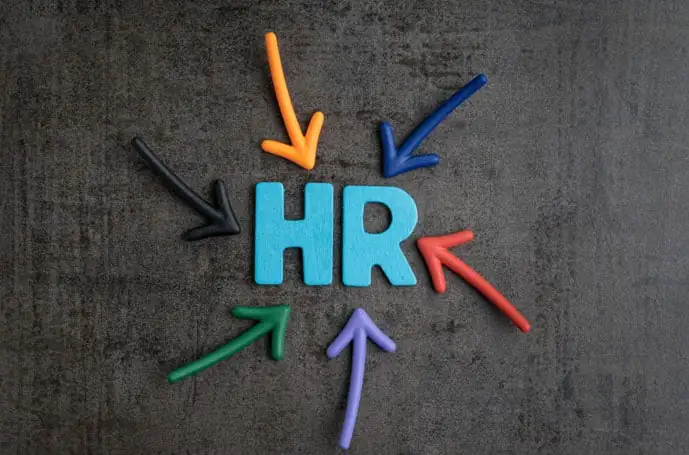Editor’s Note: Newer Indianapolis labor market information is available in a September 2021 report that forecasts full job recovery for Indianapolis in 2022, ahead of the U.S. and the Midwest region as a whole.
Midwest locations are often absent or overlooked in rankings of the country’s strongest labor markets, as growth rates there tend to be more modest compared to other, larger metros. Population growth trends, fueled by job opportunities in the biggest metros, have proven this over the last decade.

From 2010 to 2019, population in the Midwest grew by a total of just 2.0%, according to U.S. Census data. In contrast, strong job creation in the South and West regions helped lead to robust population growth of 9.3% and 8.7%, respectively. While the entire 12-state Midwest region added just under 1.4 million people during that stretch, Texas alone added close to 3.8 million.
However, the Midwest fares better in one of the main ways metro health is measured today: its employment level compared to its pre-pandemic total. Using this criterion, Indianapolis ranks No. 2 in the nation among the top 50 largest metros based on population size.
As of August, the employment level in Indianapolis-Carmel-Anderson, Indiana was down only 3.6% compared to February. Tucson, Arizona remained in the No. 1 spot by this measure, down just 3.1% from February’s employment level. But it’s worth noting that Indianapolis’s employment base is almost three times as large as Tucson’s. The Indiana city added 9,500 jobs on a seasonally adjusted basis in August and has added 91,300 jobs since its recovery began in May. Indianapolis lost 131,000 jobs in March and April combined.
Economic Growth in an Unlikely Subsector
Interestingly, an unlikely industry is one of the stars in the metro’s recovery. The food services and drinking places subsector, often referred to as restaurants and bars, has tended to be a drag on the recovery for most markets due to lockdowns and other impacts from COVID-19.
While nationally, year-over-year job growth was -18.7% for the subsector in August, Indianapolis actually has 2.8% more employees for those businesses today than a year ago. Of the top 50 metros based on population size, it was the only one showing positive annual job growth for food services and drinking places in August.
Employment On the Rise
Related: The Recovery Continues: A Look at Leading and Lagging Industries
Drilling down a bit deeper in the subsector, employment for Limited Service Restaurants and Other Eating Places in Indianapolis was greater in August than it was in February, in absolute terms. Compared to other restaurant and bar categories, limited service restaurants have fared better recently, with consumer demand for off-premises dining growing amid concern over the need for social distancing.
Further, LaborIQ® by ThinkWhy projects a significant surplus of Restaurant Team Members in the Indianapolis-Carmel-Anderson metro. The surplus refers to having plenty of qualified workers to allow for hiring within the local area to meet the change in demand. However, due in large part to the pandemic restricting business growth, restaurant operators are not expecting a swift return to normal anytime soon. They will need to stay adaptive and find ways to create opportunities as the season changes and outdoor dining becomes less plausible than it was during the spring and summer months.
It’s an open question whether certain types of businesses will ever truly recover, even after the virus is under control, and the food services and drinking places subsector is chief among them. Indianapolis, though, offers at least one piece of proof that it’s possible for restaurants and bars to rebound. Here’s to hoping its success continues through the fall and winter.
ThinkWhy continuously monitors and forecasts labor data at all levels, measuring impact to MSAs, industries, occupations and business across the U.S.










